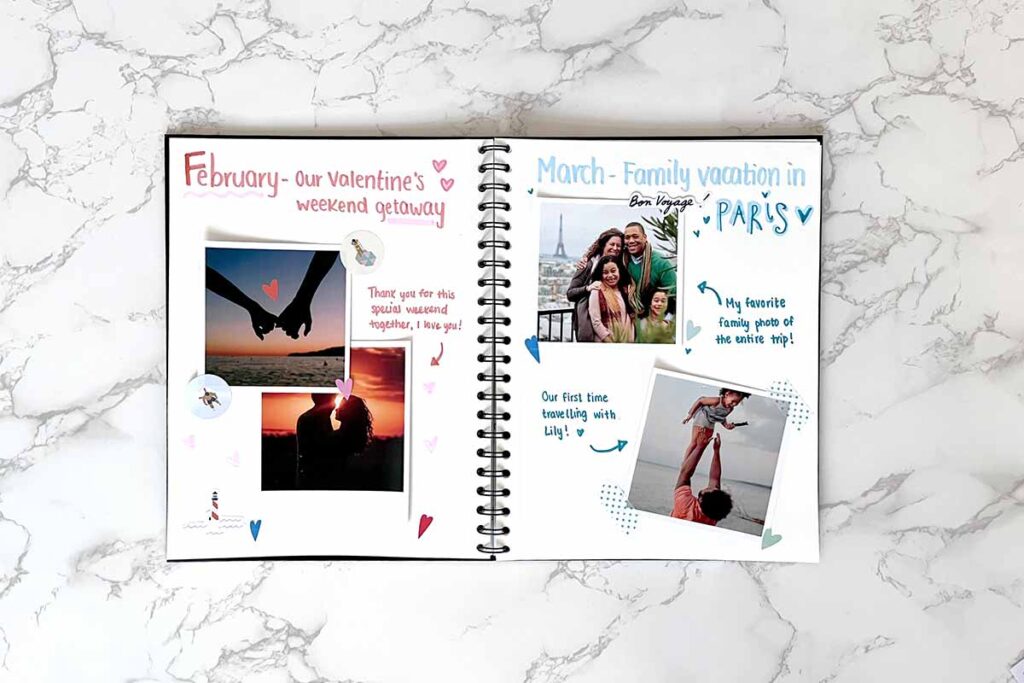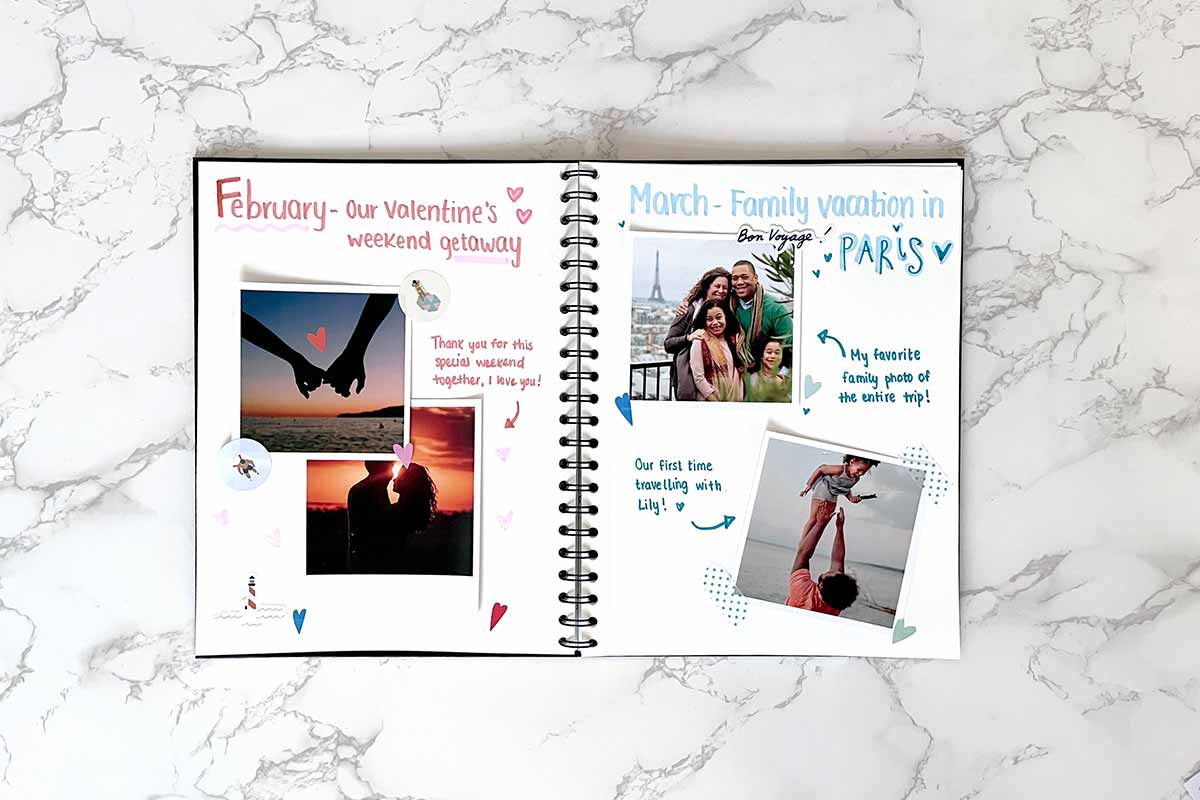
How to Make Memories That Last a Lifetime
In our fast-paced world, it’s easy to let moments slip by unnoticed. But what if you could intentionally capture and cherish those fleeting experiences? Learning how to make memories is a skill that can enrich your life, providing a treasure trove of joy and reflection. This article will explore practical strategies for creating lasting memories, ensuring that the special moments don’t fade away.
The Science Behind Memory Creation
Before diving into the how-to, it’s important to understand the basic science behind memory formation. Memories are not simply recordings of events; they are constructed and reconstructed each time we recall them. The hippocampus, a region in the brain, plays a crucial role in forming new memories, while the amygdala processes the emotional content of experiences. The stronger the emotional connection to an event, the more likely it is to be encoded as a lasting memory.
The Role of Emotion
Emotions act as powerful anchors for memories. Think about a time you felt intense joy, sadness, or excitement. Chances are, you can recall vivid details of that moment. By consciously injecting emotion into your experiences, you can enhance the likelihood of them becoming memorable. This doesn’t mean you have to manufacture feelings, but rather be present and allow yourself to fully experience the emotions that arise naturally.
The Power of Sensory Details
Our senses – sight, sound, smell, taste, and touch – are instrumental in creating rich, detailed memories. When you engage multiple senses during an experience, you create a more comprehensive and lasting impression. For example, instead of just seeing a sunset, notice the colors, feel the warmth on your skin, hear the sounds of the waves, and smell the salty air. These sensory details will weave a vibrant tapestry in your memory.
Practical Strategies for Making Memories
Now that we understand the basics of memory formation, let’s explore practical strategies for how to make memories that you can cherish for years to come.
Be Present and Mindful
One of the biggest obstacles to creating lasting memories is being distracted. In our hyper-connected world, it’s easy to be mentally elsewhere, even when physically present. To truly capture a moment, practice mindfulness. Put away your phone, silence your notifications, and focus your attention on the here and now. Engage fully with the experience, paying attention to your thoughts, feelings, and surroundings.
Document Your Experiences
While it’s important to be present, documenting your experiences through photos, videos, or journaling can be a powerful way to solidify memories. Photos and videos provide visual reminders of the event, while journaling allows you to capture your thoughts and feelings in the moment. Don’t just passively record; actively curate your documentation. Take photos that tell a story, write down specific details that stand out, and reflect on your emotions.
Create Rituals and Traditions
Rituals and traditions provide a framework for creating shared memories with loved ones. Whether it’s a weekly family dinner, an annual vacation, or a special holiday tradition, these recurring events become anchors in time, fostering a sense of connection and belonging. The anticipation of these rituals, the shared experience, and the recollection of past events all contribute to the creation of lasting memories.
Engage in Novel Experiences
Novel experiences are more likely to be remembered than routine ones. When you step outside your comfort zone and try something new, your brain is stimulated, and you are more attentive to your surroundings. This heightened awareness increases the likelihood of forming a lasting memory. Consider taking a cooking class, visiting a new place, or trying a new hobby. These new experiences will not only broaden your horizons but also create memorable moments.
Share Stories and Relive Memories
Memories are not static; they evolve each time we recall and share them. By sharing stories with others, you reinforce the memory and add new layers of meaning. Talking about past experiences allows you to relive the emotions, gain new perspectives, and create a shared narrative. Look through old photos, watch home videos, and reminisce with loved ones. These shared moments of reflection will strengthen your bonds and deepen your memories.
Use Sensory Anchors
As mentioned earlier, our senses play a crucial role in memory formation. You can intentionally use sensory anchors to trigger memories in the future. For example, you might associate a particular scent with a specific event or place. Years later, when you encounter that scent again, it will instantly transport you back to that moment. Similarly, you can create a playlist of songs that evoke specific memories or wear a piece of jewelry that reminds you of a special person.
Learn a New Skill Together
Learning something new with someone creates a shared experience that’s ripe for memory-making. The challenges, the successes, and the shared sense of accomplishment all contribute to a strong bond and lasting memories. Consider taking a dance class, learning a new language, or mastering a craft together. The process of learning will be just as memorable as the end result.
Travel and Explore New Places
Traveling exposes you to new cultures, landscapes, and experiences, creating a wealth of opportunities for memory creation. The unfamiliarity of a new environment heightens your senses and makes you more attentive to your surroundings. Whether it’s a weekend getaway or an international adventure, travel can be a powerful catalyst for making lasting memories. Remember to document your travels through photos, videos, and journals to preserve those special moments.
Practice Gratitude
Gratitude is a powerful emotion that can enhance your appreciation for the present moment. By consciously focusing on the things you are grateful for, you create a more positive and meaningful experience. Keep a gratitude journal, express your appreciation to others, and take time each day to reflect on the good things in your life. This practice will not only improve your overall well-being but also enhance your ability to make memories.
Create a Memory Box or Scrapbook
A memory box or scrapbook is a tangible way to preserve and cherish your memories. Collect physical items that represent special moments, such as ticket stubs, photos, letters, and souvenirs. Arrange these items in a box or scrapbook, adding captions and annotations to provide context. This tangible collection will serve as a powerful reminder of your past experiences and a source of joy for years to come.
Overcoming Obstacles to Memory Creation
While the strategies outlined above can be effective, there are certain obstacles that can hinder memory creation. Stress, anxiety, and lack of sleep can all impair cognitive function and make it difficult to form new memories. It’s important to address these underlying issues to optimize your ability to how to make memories.
Managing Stress and Anxiety
Chronic stress and anxiety can have a detrimental impact on memory formation. When you are stressed, your body releases cortisol, a hormone that can interfere with the function of the hippocampus. Practice stress-reduction techniques such as meditation, yoga, or deep breathing exercises to calm your mind and body. Prioritize self-care activities that help you relax and recharge.
Prioritizing Sleep
Sleep is essential for memory consolidation. During sleep, the brain processes and stores information, transferring it from short-term to long-term memory. Aim for 7-8 hours of quality sleep each night to optimize your cognitive function. Establish a regular sleep schedule, create a relaxing bedtime routine, and avoid caffeine and alcohol before bed.
The Benefits of Making Memories
Beyond the immediate joy of capturing special moments, making memories offers a range of long-term benefits. Memories provide a sense of identity, connection, and purpose. They can help you cope with difficult times, boost your self-esteem, and strengthen your relationships.
Enhanced Well-being
Recalling positive memories can boost your mood and increase your sense of well-being. Memories provide a source of comfort and joy, reminding you of happy times and positive experiences. When you are feeling down, take a moment to reflect on a cherished memory. This simple act can lift your spirits and provide a sense of hope.
Stronger Relationships
Sharing memories with loved ones strengthens your bonds and creates a shared history. Memories provide a common ground for connection and conversation, fostering a sense of belonging and intimacy. Make an effort to create new memories with the people you care about, and regularly reminisce about past experiences.
Increased Resilience
Memories can provide a sense of resilience in the face of adversity. When you are going through a difficult time, recalling past successes and positive experiences can help you maintain perspective and believe in your ability to overcome challenges. Memories remind you of your strengths, your values, and the people who support you.
Conclusion
Learning how to make memories is an investment in your well-being and happiness. By being present, documenting your experiences, creating rituals, and engaging in novel activities, you can fill your life with lasting memories that you will cherish for years to come. Remember to manage stress, prioritize sleep, and share your stories with others. The memories you create will not only enrich your own life but also strengthen your relationships and provide a sense of purpose.
[See also: The Importance of Mindfulness]
[See also: How to Improve Your Memory]

